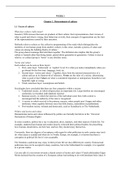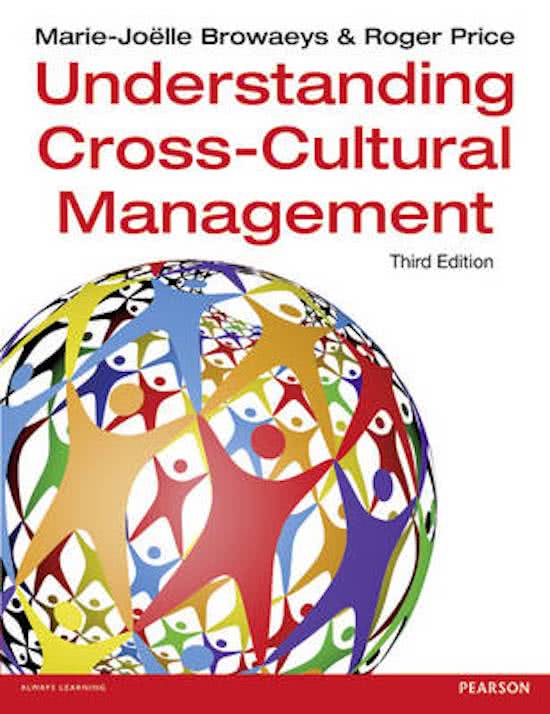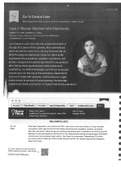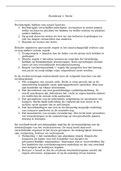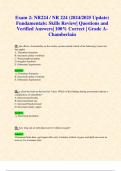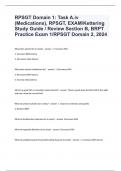Samenvatting
UP TO DATE SUMMARY FINAL EXAM 2023(!) CrossCultural Management (most chapters are covered, powerpoint slides information included)
- Instelling
- Rijksuniversiteit Groningen (RuG)
A summary for the final exam for second year students IB at the University of Groningen for the final of Crosscultural Management taken at 27 January 2023. It is a summary of chapters from the third edition rather than the fourth edition, which might make it bit less complete. Still, it is very de...
[Meer zien]
